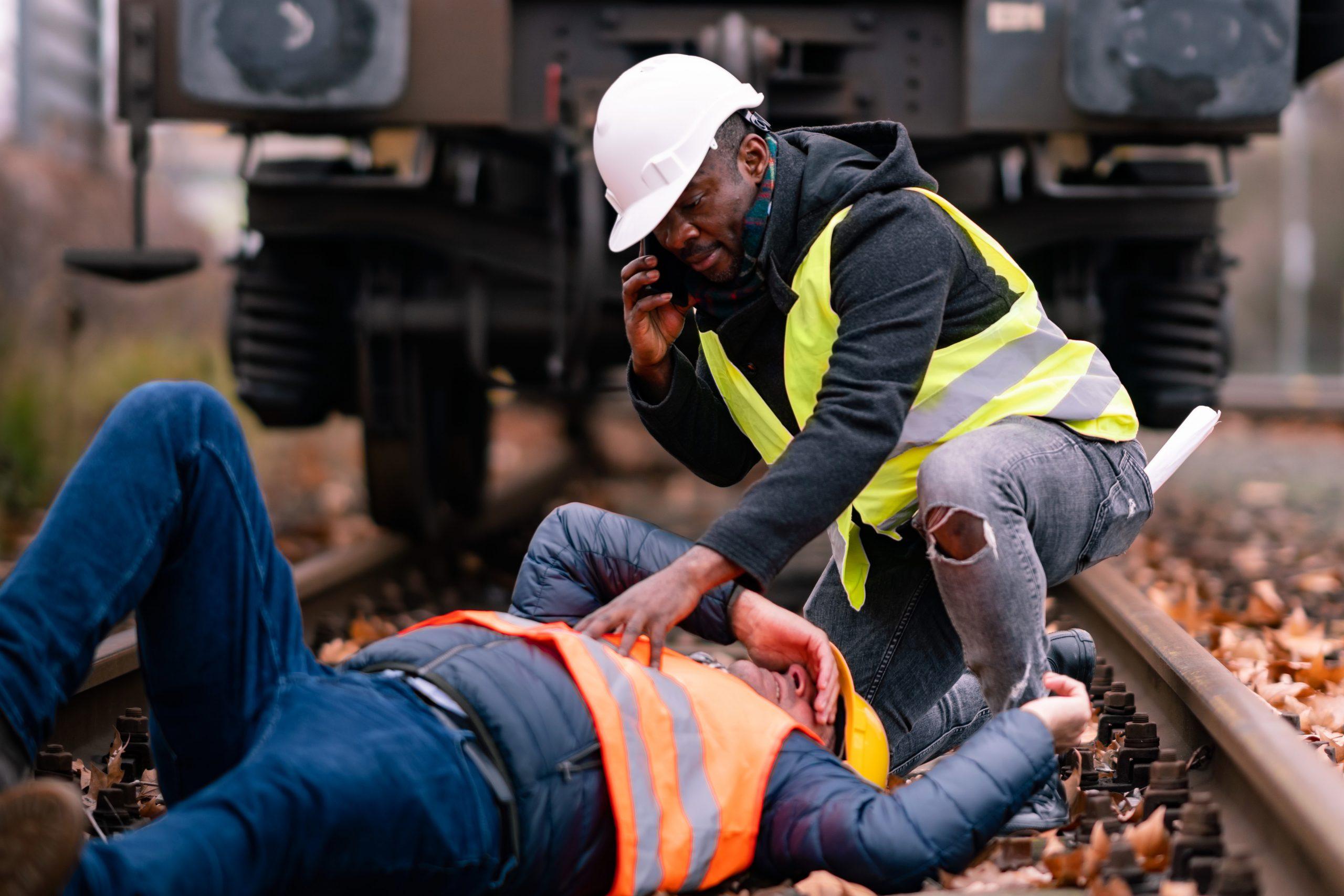
Typical Train and Railroad Safety Rules
Trains have been instrumental in the development of much of our modern world, and can be partially attributed to our modern quality of life. By helping us to transport goods and people en masse, we’ve been able to build towns and cities as nodes across our vast train networks. With this has come some degree of risk though, as with any kind of heavy machinery accidents do tend to happen, according to the Federal Railroad Administration. That’s why the FRA requires many federal railroad safety rules which we will cover in this post.
If you grew up anywhere near a train track, then chances are you will have some experience with the basics of train and railroad safety. Although unless you’re a Midwest railroad contractor, you may not be aware of all the reasons why we have certain rules in place. If you’re looking to purchase, repair, or build any railroads, you will need to ensure that safety protocols are followed. Here’s a look at the typical train and railroad safety rules that you will need to enact to ensure the safety of pedestrians near your railroads.
Understanding the Federal Railroad Administration Expectations & Railroad Safety Rules
The Federal Railroad Administration (FRA) work tirelessly to ensure safety across all railroads throughout America. They have strict guidelines and expectations which can be read on their website, and understanding these is important to the average Midwest railroad contractor and owners of railroads alike.
Ensure you have read all the relevant literature and ensured you’re meeting all of their safety regulations before allowing any trains to move on your rails.
Keeping Track of the Federal Railroad Administration Track and Rail Compliance Manual
Every industry has their checks and balances, as well as rating agencies, compliance agencies, and regulatory agencies that make sure the industry is operating efficiently, not cutting corners, and not hurting the people with predatory practices, or hurting the environment with illicit corporate activities that destroy the local, state, and national economies.
That’s why the FRA released the Track Integrity Manual which helps railroad owner operators follow the guidelines.
Trains and Railroads Require Regular Maintenance
Not only should you abide by the safety regulations expected by the FRA, but also ensuring that both your railroads and trains are in working order can further ensure safety. A simple brake failure can turn an accident into a tragedy, so be sure to do your due diligence in ensuring everything is repaired and maintained in a timely and effective manner.
For any help with maintaining your railroads, feel free to contact us to speak with an experienced Midwest railroad contractor who can help you maximize safety on your tracks.
Grade/Level Crossings
For the most part, trains will operate on railroads which are usually away from civilization and residential areas. Although as one can expect with such a web-like network, there are countless intersections where both vehicles and foot passengers will need to cross tracks safely. These are generally considered to be the most risky place for all parties involved, including even passengers and operators on the train. Most people are familiar with the idea of trains hitting cars which have stalled on their tracks, but not many are aware that countless cars drive into the sides of trains each year.
Having adequate and appropriate signage is considered one of the best ways to ensure the safety of pedestrians, motorists, operators, and pedestrians.
Passive and Active Signs
Most railroad crossings will utilize both active and passive signs to try and diminish the risk of accident at crossings. Passive signs, as the name suggests, are those which notify pedestrians and motorists of an upcoming railroad crossing. Whereas active signs are those which use lights and bells to indicate a train is coming.
Operation Lifesaver, an organization providing rail safety education, have a fantastic explanation of all the kinds of signs you can expect around crossings and railroads which you can read here.
Community Education
While signs can be useful in deterring accidents around railroads, they aren’t fail-safe. Beyond implementing adequate signage, many railroad owners will be encouraged to invest in community education. As with any kind of education, it all starts with our youth, so working alongside local schools to present a rail safety program relevant to the trains in your area of operation is a must. Even discrepancies like whether you’ll be hosting predominantly freight or passenger trains is an important consideration.
Young or New Drivers
Beyond implementing rail safety in our schools, there’s one other demographic who are often forgotten but potentially quite prone to accidents on railroads. Young or new drivers won’t have the same reflexes or quick-thinking necessary to swerve out of the way of danger, so ensuring that rail safety is taught to them too is a must.
The aptly named Operation Lifesaver once again have stepped up to provide invaluable resources on the matter, and have even created a video with an accompanying lesson plan to teach safe driving around railroads.
The Federal Railroad Administration Enforces Safety as the #1 Concern As A Midwest Railroad Contractor
We lead busy lives and tend to become desensitized to the very real risks around us at times, no matter how cautious we try and be. Over time you may start to see members of your community ignoring rail safety protocol in situations where they deem no danger present. Its in these moments that tragedy often strikes, so it’s important to regularly remind people of the necessity of safety protocol around railroads and trains.
Be sure to put up notices on both local social media groups and on community noticeboards if you believe safety is being ignored, and utilize the brilliant resources that Operation Lifesaver have created for this exact reason. Call us today for a free railroad consultation or schedule a safety inspection.
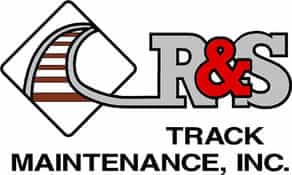
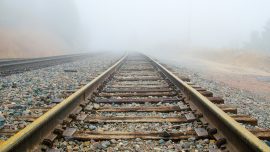
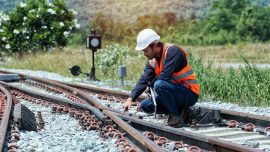
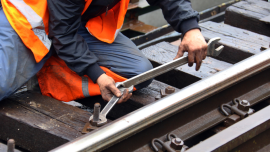
0 comments
Write a comment